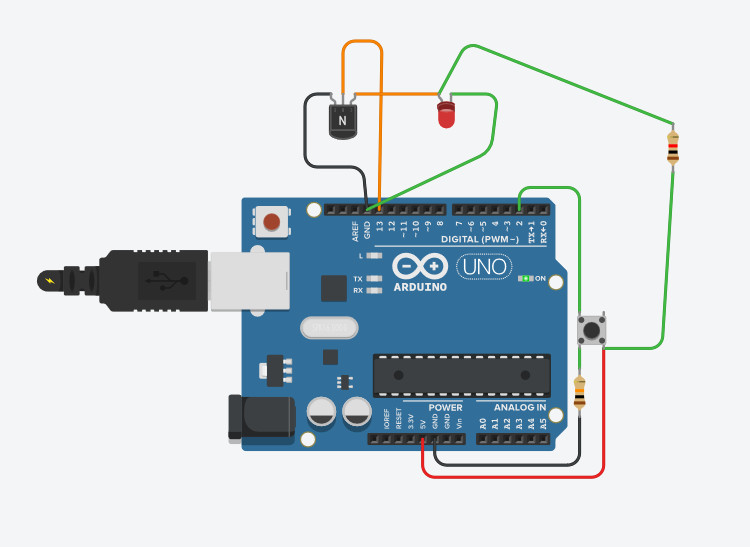Hello,
I'm building an electric kickbike.
Optional Intro
I have build three ebikes so far.
- 'stealth' oldschool city bike with 2000W hub motor, custom battery/controller hidden in saddle bags
- full suspension downhill MTB with BBSHD and custom 1kwh battery in backpack (offroad)
- modern city ebike based on a MTB frame with Bafang ultra motor and EM3EV Jumbo battery on downtube
Now I would like to build an electric kickbike (scooter, dogscooter, autoped).
- MTB Frontend (front suspension, 26" MTB wheel, MTB handle bars, Hydraulic disc brakes)
- Custom home build frame
- 20" Backwheel with HUB motor (most likely HT3525)
- Controller: 48V/40A Sensorless controller that I have from a previous project
- Battery: undecided, depends on frame design but sourced from EM3EV (square box, 1 or 2 super shark)
Question
To make it road legal you can not use the throttle to move the bike from a standstill. So you would need to push or kick it before the throttle works. My controller has a standard 4 pin throttle and a 3 pin e-brake cutoff. I can solder things together but I don't have the electronics knowhow to 'design' custom electronics.
Is there anything available that will either activate the e-brake cutoff or disable the throttle if the bike is standing still? So as soon as you push the bike a bit, or kick it, the e-brake is disabled and throttle is enabled.
Thank you so much for your help!
I'm building an electric kickbike.
Optional Intro
I have build three ebikes so far.
- 'stealth' oldschool city bike with 2000W hub motor, custom battery/controller hidden in saddle bags
- full suspension downhill MTB with BBSHD and custom 1kwh battery in backpack (offroad)
- modern city ebike based on a MTB frame with Bafang ultra motor and EM3EV Jumbo battery on downtube
Now I would like to build an electric kickbike (scooter, dogscooter, autoped).
- MTB Frontend (front suspension, 26" MTB wheel, MTB handle bars, Hydraulic disc brakes)
- Custom home build frame
- 20" Backwheel with HUB motor (most likely HT3525)
- Controller: 48V/40A Sensorless controller that I have from a previous project
- Battery: undecided, depends on frame design but sourced from EM3EV (square box, 1 or 2 super shark)
Question
To make it road legal you can not use the throttle to move the bike from a standstill. So you would need to push or kick it before the throttle works. My controller has a standard 4 pin throttle and a 3 pin e-brake cutoff. I can solder things together but I don't have the electronics knowhow to 'design' custom electronics.
Is there anything available that will either activate the e-brake cutoff or disable the throttle if the bike is standing still? So as soon as you push the bike a bit, or kick it, the e-brake is disabled and throttle is enabled.
Thank you so much for your help!



